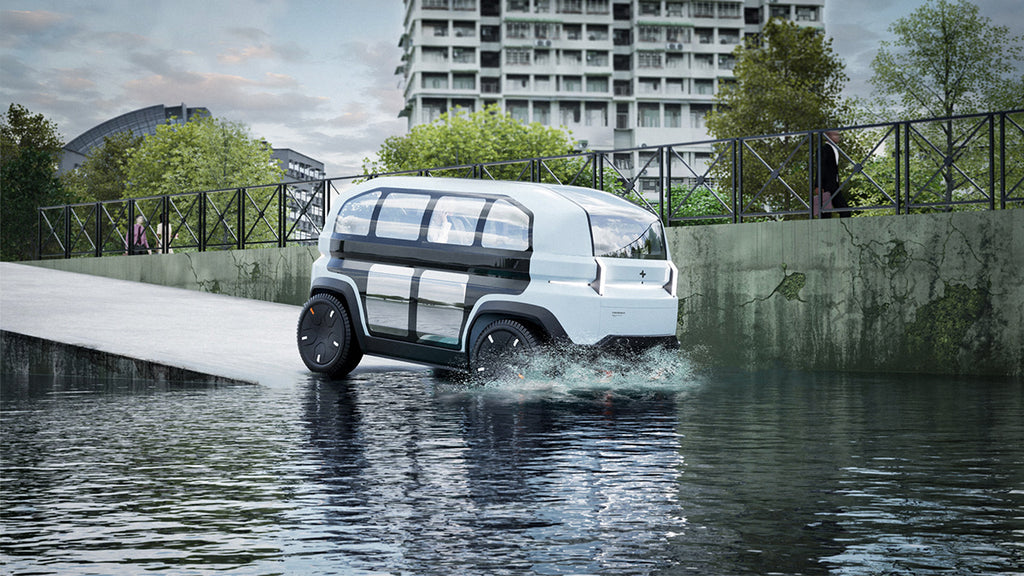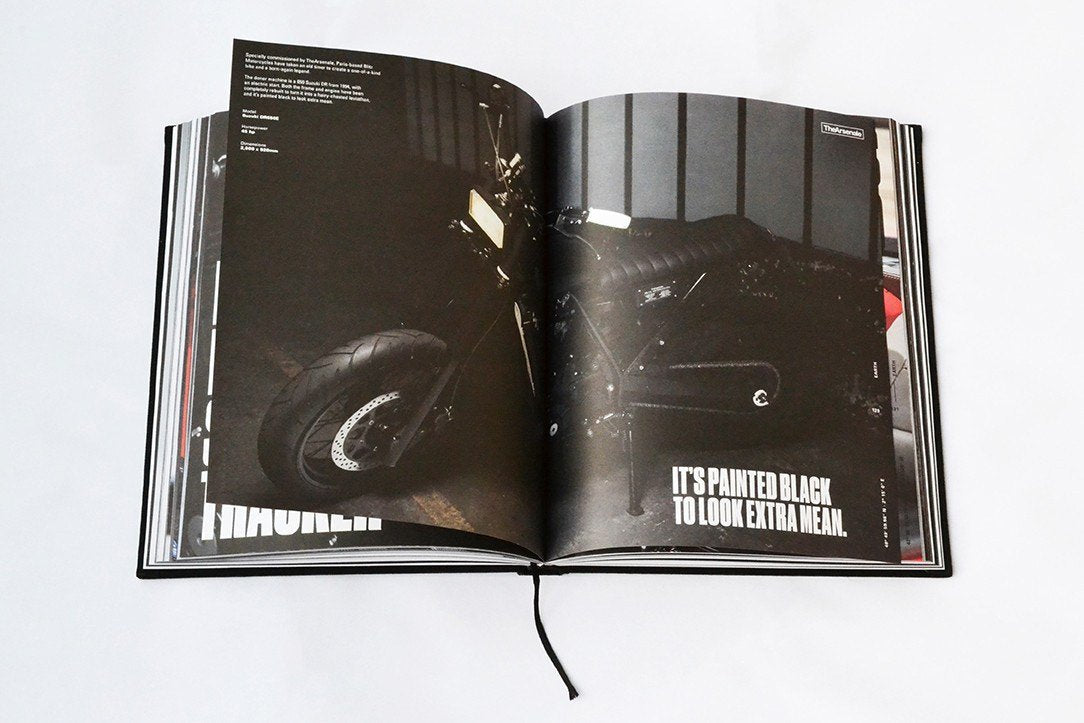The CROSSER V1 project, conceived by Bernardo Pereira, represents a pioneering approach to addressing the unique challenges of urban transportation in coastal cities through an amphibious autonomous mobility system. This concept project, rooted in the insightful utilization of coastal and inland waterways, offers a promising solution to reduce urban congestion and environmental impact. The CROSSER V1 envisions a future where cities can leverage their aquatic landscapes not only for freight but also for passenger mobility, thereby unlocking a new dimension of urban transportation that is both efficient and environmentally sustainable.

This conceptual transportation service introduces various innovative services tailored to diverse urban needs, including fixed-route urban transport, sharing on-demand, private on-demand, and modular on-demand services. Each service model is designed with the core idea of maximizing the efficiency and flexibility of urban transport by seamlessly transitioning between land and water travel. Importantly, the CROSSER V1 project is not just about moving people but doing so in a way that significantly lowers noise pollution and provides a custom, user-centric experience. Through a dedicated mobile application, users can request rides, marking a shift towards more interactive and accessible urban mobility solutions.

Beyond its direct benefits to passengers, the CROSSER V1 concept stands as a testament to forward-thinking in sustainable urban development and design. It incorporates advanced technologies such as a wheel rotation suspension system for swift transitions between terrains, and LIDAR & RADAR systems for autonomous navigation. The vehicle's design emphasizes modularity, allowing for adjustments based on service needs, and it is equipped with electric propulsion to minimize its environmental footprint. As cities worldwide confront rising sea levels, increased urbanization, and the imperative for sustainable development, the CROSSER V1 project offers a visionary glimpse into the future of coastal urban mobility, marrying innovation with the timeless relationship between cities and their waterways.

📷: BERNARDO PEREIRA, BEHANCE















